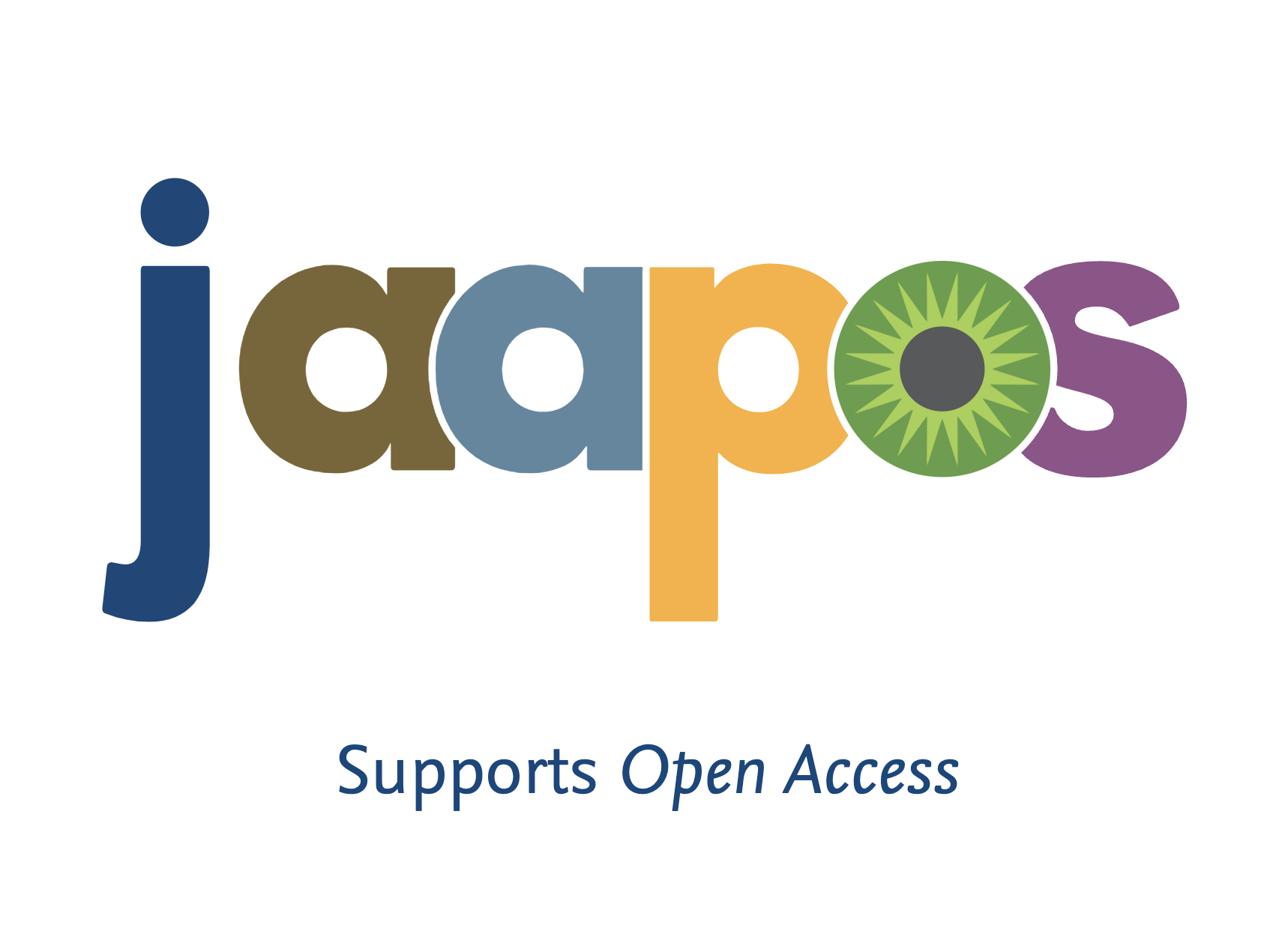Abstract
PURPOSE: To report the clinical characteristics of infants with severe retinopathy of prematurity (ROP) and glaucoma-based on review of the Early Treatment for Retinopathy of Prematurity (ETROP) study.
METHODS: All infants randomized in the ETROP trial were included. Each infant developed high-risk prethreshold ROP in at least one eye. Infants were examined until 6 years postnatal age. The following data were collected: corneal clarity, depth of the anterior chamber, status of the optic nerve and cup/disk ratio, retinal structure, and visual acuity. The diagnosis of glaucoma was based on the investigators best clinical judgment. All infants diagnosed with glaucoma were included in the study.
RESULTS: A total of 12 of 718 eyes (1.67%) were diagnosed with glaucoma. Of these, 5 were first reported as having glaucoma at 9 months, 2 at 2 years, 1 each at 3 and 4 years, and 3 at 5 years. The anterior segment was shallow in 7 eyes. Three eyes had normal retinal structure, 1 had macular dragging, and 8 had retinal detachments involving the fovea (stage 4B or worse). At the 6-year follow-up examination only one eye with glaucoma had measurable vision.
CONCLUSIONS: Although earlier treatment of significant ROP has resulted in better retinal structure and visual acuity outcomes, nearly 2% of the eyes with high-risk prethreshold ROP developed glaucoma at some point during the first 6 years of life.
Free PMC article. PMCID: PMC3479654

